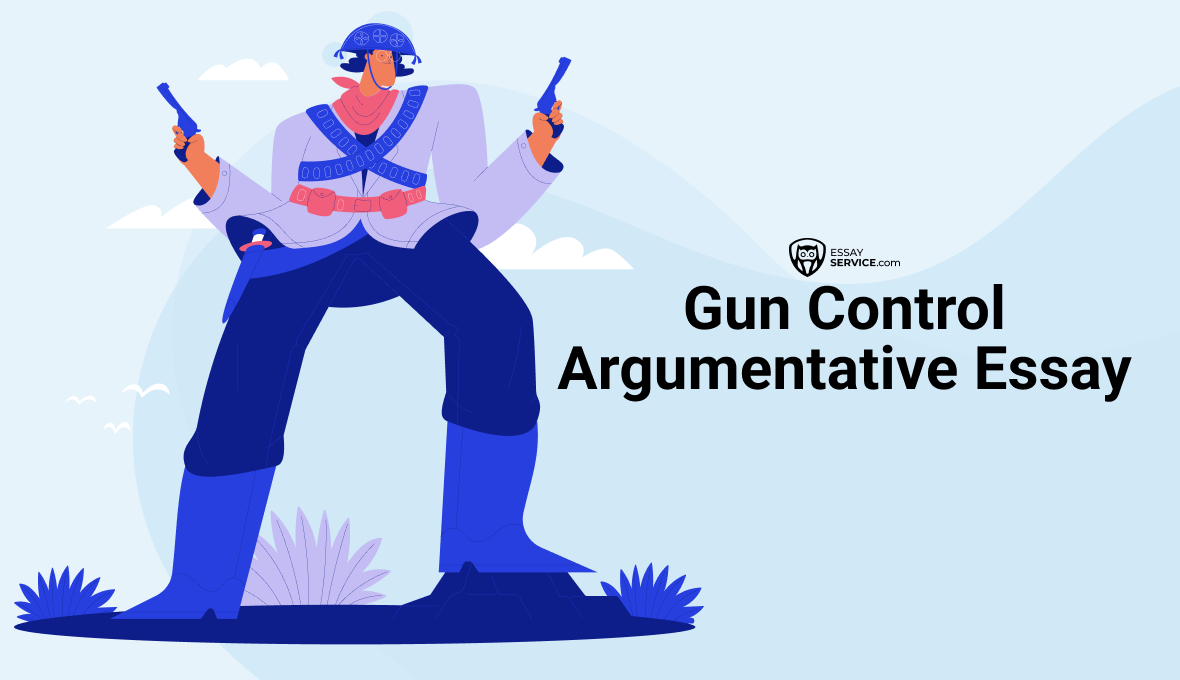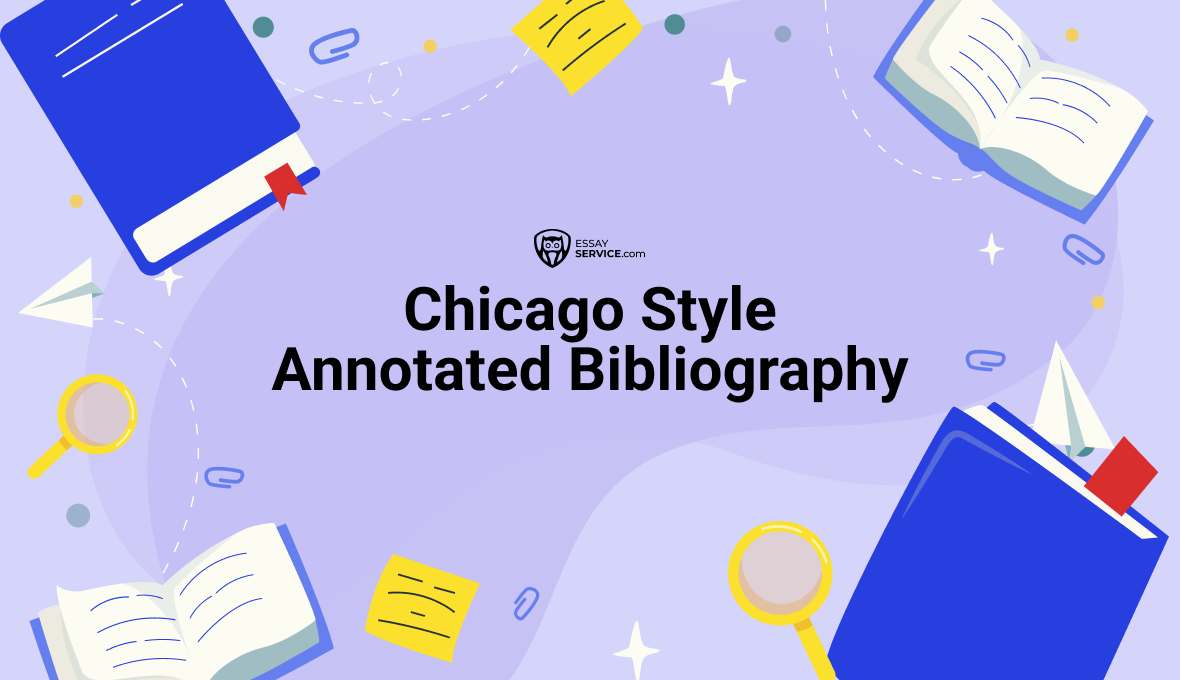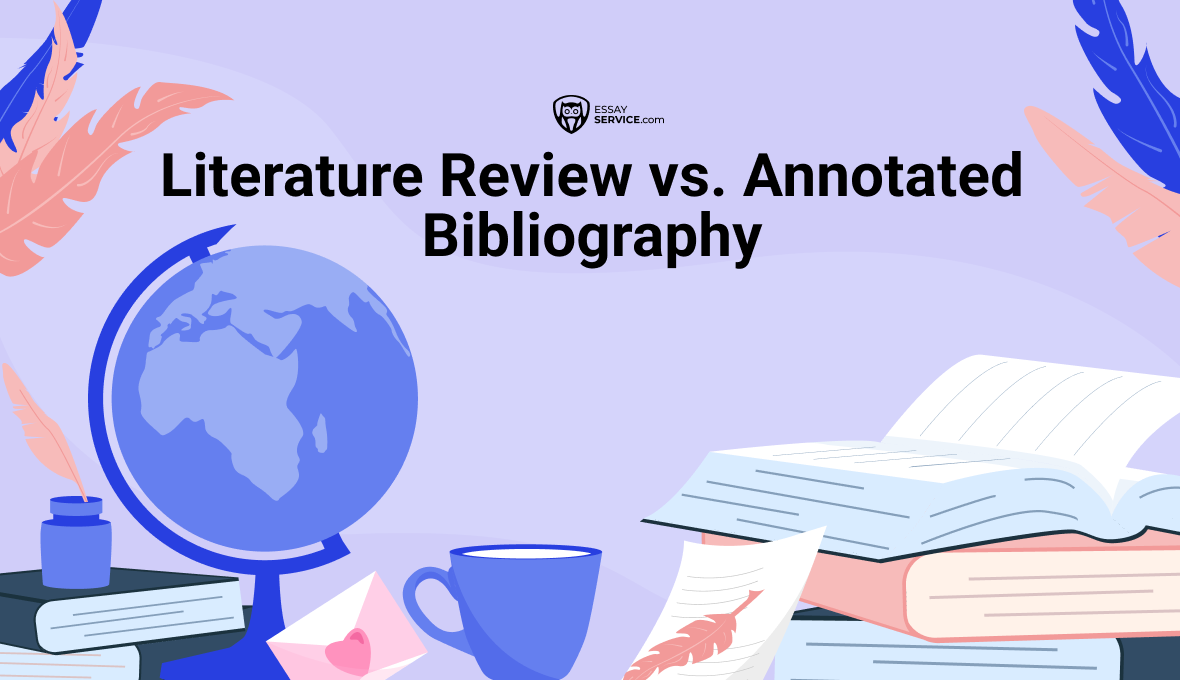
Poem Analysis Essay Guide: Outline, Template, Structure
Poetry analysis, which is similar to poetry review, involves analyzing the language and figures of speech used by a poet. It also entails sharing personal views regarding the poem and breaking down the poetic instruments utilized by the said poet. However, it’s not just about the words used (Headrick, 2014). It entails reading between the lines and understanding what made the poet come up with a particular poem. So it may require some background research on the author and history behind the creation of the poem.
Do not worry; we can take care of your academic needs! If you do not have enough time to complete the assignment, get help from EssayService. Our "pay for essay" service has vast experience with this type of work. We have a wide range of free guides and blogs to help you so that you will have more time for the important things.
What Is A Poetry Analysis?
Poetry analysis may define as a critical review given on a poem, a reflection on the depth and gravity of a poem. It revolves around multiple aspects of a poem starting from the subject of a poem, its theme (meaning), tone, literary devices or speech figures, form to the feeling of the poet to how a reader feels about the poem. It is not only the analysis of techniques used in a poem, but poetry analysis provides a broader and wider picture of the poem, its reality, its hidden meanings between the lines, a study of poet’s mind, feeling and intention behind a poem. Different techniques used in poetry analysis are helpful tools in investigating and reviewing the poem. Behind every review or analysis vital research on poet (author), era (time frame), possible reasons, the background behind the conceptualization poem is vital.
If you have been asked to write a poem analysis essay, then it means to examine the piece and further dissect it into key elements including its form, techniques used and historical value. Then further appreciating the poem and highlighting to others these points, and gaining a better understanding.
It is also important to show as many ideas as possible that relate to the poem and then create conclusions on this.
To start writing a poetry analysis essay let's look at the prewriting stage.
How to Choose a Topic for a Poetry Analysis Essay?
- In the subject of the poem we mainly focus on the reasons such as why is the poem written or what is it all about?
- What is the context, the central content of the poem?
- Who wrote the poem and why?
- When and where the poet did write the poem, what or who has influenced the poet and what are the key features of the poem?
A topic should be chosen based on the theme you want to write. The theme is the message that the poem is trying to convey. You need to look therefore for concepts and notions that pop up in the poem and come up with an appropriate theme based on those perceptions or "feelings". If you can’t still figure out what topic you should choose for your analysis, it is recommended that you go through other poems similar poems and get a suitable topic for your analysis. Don’t also forget to cite your poem well. And also use in-text citations while quoting from the poem.

Poem Analysis Essay Outline
To create a good essay, it is needed to plan out the structure of a poem analysis essay so the writing stage will be easier and faster.
Here is an outline of a poem analysis essay to use:
Opening paragraph - Introduce the Poem, title, author and background.
Body of text - Make most of the analysis, linking ideas and referencing to the poem.
Conclusion - State one main idea, feelings and meanings.
Poem Analysis Essay Introduction
To start an introduction to a poem analysis essay, include the name of the poem and the author. Other details like the date of when it was published can also be stated. Then some background information and interesting facts or trivia regarding the poem or author can also be included here.
Poem Analysis Essay Body
When writing the main body of text keep in mind you have to reference all ideas to the poem so include a quotation to back up the sentence, otherwise, it will be a wasted comparison and not count. Be clear with your statements.
Poem Analysis Essay Conclusion
Now, this is where you should take a step back from analyzing the individual elements of the poem and work out its meaning as a whole. Combine the different elements of the analysis and put forward one main idea.
What is the poet trying to say, and how is it enforced and with what feeling?
Then look at the meaning and what timeframe does this evolve over?
For example, is it obvious from the start, or does it gradually change towards the end? The last few lines can be very significant within a poem and so should be included in the poem analysis essay conclusion and commented on the impact on the piece.
Remember that you can always send us a "write an essay for me" text and have your assignment done for you.
How to Analyze a Poem?
Before even thinking about your first draft, read the poem as much as possible. If it's possible, listen to it in the original form. This depends on many factors which include if the poet is still alive?
Also reading aloud can help identify other characteristics that could be missed and even to a friend or colleague will give a chance to more insight. It is important to remember that poetry is a form of art painted with only words, this said it could take time to fully appreciate the piece. So take note of any first thoughts you have about the poem, even if they are negative.
Your opinions can change over time but still mark these first thoughts down.
So that to analyze a poem properly, you have to pay attention to the following aspects:
Title of the Poem
So let's go deeper into the poem analysis essay and look at the title. The poet may have spent a lot of time thinking about naming the piece so what can be observed from this and what further questions can be asked?
- What are your expectations? For example, the poem could be titled “Alone” written by Edgar Allan Poe and from this it is natural to assume it will be sad. After reading further does the reality turn out to be different?
- What is the literature style used? So for example, the work could be called “His last sonnet” by John Keats. From appearance, it is possible to deduce that it could be in sonnet form and if not why did the poet choose to mislead the audience?
- What is the poem about? In the poem, “How do I love thee? Let me count the ways” by Elizabeth Barrett, it already states what could be included and what to expect but if it differs from the title what would this suggest?
Literal Meaning of the Poetry
According to our to fully appreciate a piece, it is needed to understand all the words used. So, for example, get a good dictionary and look up all the unknown words. Then go through partly known words and phrases and check these too. Also, maybe check the meaning of words that are used a lot, but remember some text may have had a different meaning a century ago, so use the internet to look up anything that is not clear. Furthermore, people and places and any cultural relevance of the time should be researched too to get a deeper look at the poet's attitude towards the piece. Patterns might become visible at this point and maybe the theme of the poem.
Structure of the Poem
When looking at the structure of the piece this will reveal more information so pay close attention to this. Look at the organization and sections, this will unlock more questions:
- What does each part discuss?
- How do the parts relate to each other?
- Can you see formal separations?
- What logical sense does it have?
- Is there emotional sense that can be evaluated?
- Does having a strict format say anything about the poet?
- Also failing to have a strict structure does this reveal something?
Once you have observed the structure, it is possible to go deeper into the poem analysis essay and investigate how the speaker communicates the poem to the reader.
Tone and Intonation of the Poetry
Speaker
So now it is possible to look at the poet and see what details can be obtained from them. Is it possible to see the gender or age of the speaker? Is there some race or religious references to pick up on? Then can we see if the speaker is directly communicating their thoughts and ideas to the reader? If not, what is the character the poet has created to convey the ideas or messages? Does the poet's persona differ to the character created and what can be analyzed from this? Also the mood of the speaker could be available now, are they happy or sad, and how can you find out this from the poem?
Recipient
Once the poet is understood it is possible to move onto who or what the poem is designed for. Then you can see the purpose of the poetry, what does the poet want from the reader? It is also possible that the poet does not desire a response from the audience and is simply making a statement or expressing themselves.
For example, a poem about spring could just be a happy statement that winter has ended. Looking from the other side, this could be an attempt to attract someone's attention or maybe just an instruction to plow the field.
Purpose of the Poem
The subject of the poem can help identify the purpose, as this usually will be what the poet is describing. Then the theme can be identified also, and what does it say about the work? Are there any links between the theme and the subject and what can analyzed from that? The timeframe is also an important factor to consider, for example, the poet's goal back when it was written, may have changed and why? Furthermore, has the original purpose survived the test of time and can it be said to be the best indicator of success?
Language and Imagery of the Poetry
Until this point it was only possible to analyze the literal information available which is the denotative meaning.’Now let's look at the imagery, symbolism and figures of speech, this is the connotative meaning.
Imagery
This is where you should look for pictures described within the text and analyze why they have been depicted? So for example, if the poet thas decided to describe the moon this could set the time in the work or maybe the mood of the poem. Also look for groups of images described and patterns within this, what can be deducted from that?
Symbols
So when looking for symbolism within the text this could be an event or physical object, including people and places that represent non-physical entities like an emotion or concept. For example, a bird flying through the air can be seen as freedom and escaping usual conforms.
Poetic devices
In your analysis you will look at techniques like metaphors, similes, personification and alliteration to include just a few. It's important to identify the actual device used and why it was chosen. For example, when comparing something within the text using a metaphor then look at how they are connected and in what way they are expressed? Try to use all available clues to gain better insight into the mind of the poet.
Music of the Poem
Poetry and music have deep connections and can be compared together due to the history and uses throughout the ages.
Here are some things to look out for to help with those comparisons:
- Meter - This can be available to investigate in different ways, for example, iambic pentameter has a strict five beats per line just like a musical score if used what does it say?
- Rhythm - Just like with music, poem can have a rhythm but if there is no given meter, it is needed to look closer and observe what this does to the work. For example, a particular beat that is fast could make the poem happy.
- Special effects - Looking for not so obvious signs where the poet has written in a way so you take longer to pronounce words. Also it is possible to grab your attention in other ways, for what reason has the writer done that?
- Rhyme - There are many different types of rhyming techniques used within poetry, once identified look at how it impacts on the work like make it humorous for example? Be careful to look for unusual patterns for example rhymes within the lines and not just at the end of the sentences, even reading out aloud might help find these and then what does it this say about the poem?
- Sound effects - The depiction of different sounds can be powerful and also using different voices, look at what impact this has on the piece and why?
- Breaking Rules - Rhyme and meter for example can have very specific rules but what if the poet decided to break these conventional techniques and make something new, what does this add to the work and why
How to Write a Poem Analysis Essay?
Below you will find a compelling guide on how to analyze poetry with handy writing tips:
- Choose a suitable poem - If possible, before you start, pick the main subject of your essay, a poem that you would like to analyze. The more you find it interesting, the easier it will be to handle the task.
- Read it fully - If you are wondering how to analyse poetry, the first step you can’t go without is carefully reading the chosen poem multiple times and, preferably, out loud.
- Always double-check the meanings - When reading a poem, don’t forget to check for the meanings of unknown (and known as well) words and phrases.
- Collect all the details you need - To write a compelling essay, you need to study the poem’s structure, contents, main ideas, as well as other background details.
- Explore hidden meanings - When analyzing poem, be sure to look beyond the words. Instead, focus on finding broader, hidden ideas that the author wanted to share through his piece.
- Make an outline - Once you have analyzed poem, outline your essay and write it following the plan.
- Proofread and edit - Finally, once your essay is ready, take your time to revise and polish it carefully.
Poetry Analysis Template
To write a winning poem analysis essay, use the template below or order an essay from our professionals.
Introduction
- Name of Poem
- Name of Poet
- Date of Publication
- Background or any relevant information
Form of poem
- Structure of poem
- Rhyme of poem
Meaning of poem
- Overall meaning
- How can we relate the poem to our life
Poetic Techniques
- Literary devices
Form of the Poem
Poems are written in some ways, here one need to identify which structure the poet has used for the poem. The forms of poems broadly are stanzas, rhythm, punctuation and rhymes. Carefully analyze the length and number of stanzas, does the rhythm impacts the meaning of the poem, is there many punctuations or little, either the rhyme is consistent, or it’s breaking and what is the rhyme contributing to the meaning of the poem or is it random.
Theme, Meaning or Message of the Poem
In this part, we focus on the topic, main issue or idea of the poem. There are layers of meaning hidden in a poem.
- Meaning: surface meaning that what is actually or physically happening in the poem which a reader can sense.
- Deeper Meaning: the central idea of the poem or what is it actually about.
- Theme: in poetry, there is always a hidden meaning in every line, which depicts the message about life.
Numerous topics can be covered in poems such as love, life, death, birth, nature, memory, war, age, sexuality, experience, religion, race, faith, creator and many others.
Tone of the Poem
The tone of the poem shows attitude or mood of the language used by the poet. Analyze the different shades of the language used in the poem for example; is it formal, judgmental, informal, critical, positive, bitter, reflective, solemn, frustrated, optimistic, ironic, scornful, regretful or morbid.
Literary Device used in the Poem
Find out what the different literary devices are or what sort of figures of speech is used by the poet. Analyze these techniques and suggest their use in the poem by the poet. The poem can contain a symbol, similes, metaphor, alliteration, allegories, oxymoron, assonances, dissonances, repetition, hyperbole, irony.
Conclusion or Feel of the Poem
Lastly, analyze the emotions and feelings linked with the poem; of the poet and what do you feel when you read the poem. This is the very critical part of reviewing a poem because we analyze the inner depth of the poem, the intention & feelings of the poet, the targeted audience, does the poem reflect the poet’s persona, perspective or it does not match with the poet.
Poetry Analysis Essay Example
Analysis of Edgar Allan Poe’s Poem “Annabel Lee”
Written in 1849 and first published after the author’s death, Annabel Lee by Edgar Allan Poe is a beautiful story of true love that goes beyond life. In the poem, the author is commemorating the girl named Annabel Lee, whom he knew since childhood. Despite the young age, the love between the narrator and Annabel was so deep and true that even angels were jealous, and, according to Edgar Allan Poe, their jealousy was so severe that they killed the love of his life. The poem ends with young Annabel Lee being buried in a tomb, leaving the readers with a feeling that the author kept holding on to his love for her for many years after her death.
The two evident topics in the poem are love and loss. The entire narration revolves around the author’s agonizing memory, at the same time demonstrating to the readers the purity and power of true love that makes him cherish the memory of his beloved one even after she is gone. Apart from that, Edgar Allan Poe also discusses such issues of love as jealousy and envy. The author states that the love of the two teens was so strong that even angels in heaven were not half as happy as Annabel and Edgar, which caused them to invade the teens’ romantic “kingdom by the sea” and kill the girl.
The topics discussed in the poem, as well as the style of narration itself, give the poem a very romantic atmosphere. It follows the main principles of the romantic era in poetry in the 18th and 19th centuries, which Edgar Allan Poe was representing. At the same time, the author also gives his poem a sense of musicality and rhythm. The poem’s rhyme scheme puts emphasis on the words “Lee”, “me”, and “sea”. The repetition of these words gives the poem a song-like sound.
A significant role in Edgar Allan Poe’s poem is played by imagery, which emphasizes the author’s unique style. The main imagery used by Allan Poe in Annabel Lee is the Kingdom. The author uses this imagery to set the right tone for his poem and give it a sort of a fairytale feel. At the same time, this imagery is used to take the reader to a different place, though not specifying what exactly this place is. To confirm this - the author uses the phrase “the kingdom by the sea” multiple times in his piece, never specifying its meaning. This trick enables the readers to leave this to their own imagination.
Apart from the Kingdom, the author also operates with the imagery of angels and demons. The narrator blames them for their envy for their deep love, which resulted in the death of Annable Lee. Thus, the author gives a negative attitude towards this imagery. This brings us to another big topic of good and evil discussed in the poem.
Nevertheless, even though the angels’ intervention seems to be clear to the reader from what the author says, Poe’s choice of words doesn’t directly implicate their responsibility for the girl’s death. The narrator blames everybody for his loss. However, he does this in a very tactical and covert way.
In conclusion, it becomes clear that the narrator in Annabel Lee did not only pursue a goal to share his pain and loss. He also emphasizes that true love is everlasting by stating that his love for the gone girl lives with him after all these years. With all its deep topics, imagery, and musicality, Annabel Lee is now considered one of the best works by Edgar Allan Poe.
Frequently asked questions
New posts to your inbox!
Your submission has been received!



